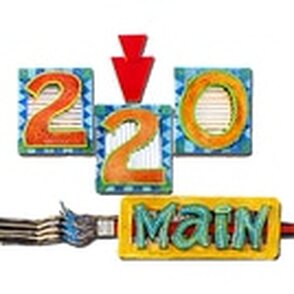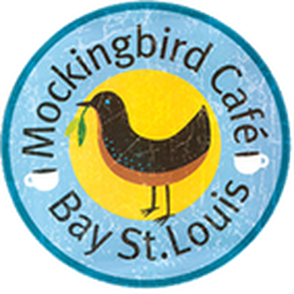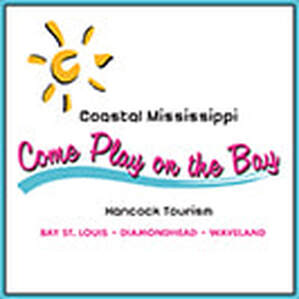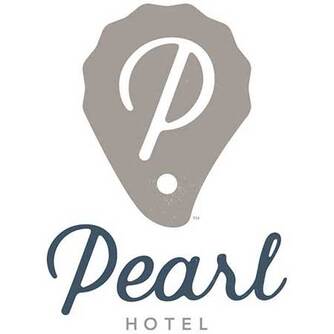These four wheels transported books to readers - and readers to untold adventures.
- story by Scott Naugle
Davidsville remains a small community in western Pennsylvania. It was founded in the 1830s, German stock, dairy farmers, and a dry town, not by law, but because it was considered prudent to avoid spirits. The Lutheran church at the top of the hill at the eastern bend on Main Street recently celebrated its dodransbicentennial (175 years). My relatives from the early eighteenth century are buried in its cemetery.
Main Street, logically, is the main thoroughfare. In the winter after a heavy snowfall, it had just the right slope to serve as our sled-riding racetrack. After it was plowed, scraped clean and salted, we moved to the cemetery to ride our sleds in the deeper and fluffier snow. Too young to know it then, but this was only the first in a lifetime of blasphemous acts on my part. A bookmobile is a vehicle, often a truck, and nowadays possibly a tractor trailer, designed for use as a library. Books are transported to readers, often in rural or underserved areas, encouraging reading, engagement with ideas, and literacy. The first bookmobile, or horse-drawn book cart, dates to 1839. It was a frontier traveling library in the western United States, established by the publishing house of Harper & Brothers, known in the present day as HarperCollins, one of the world’s largest publishers. Like so many childhood memories recalled through a hagiographic lens, I assumed that the Somerset County Bookmobile was a thing of the distant past. Fortunately, I checked. The big red creaky behemoth, dually tires on the rear, has been replaced with a long bright heavy-duty truck, green, blue, and bright, with large lettering shouting BOOKMOBILE. Literature still rolls among the Appalachian Mountains of Southwestern Pennsylvania. Among the many pleasant memories of childhood, those connected to reading and books are most vivid. I easily recall the two steps up through the tall bi-fold doors into the bookmobile as big ones for a young lanky boy. Once inside, it was a paper cocoon of hardback books, shelved spines out, with the identifying Dewey Decimal number easily visible taped on the lower outside edge. There was order in this little bus, comfort, tidiness, with a small card catalog as a guide. All questions and conversations were whispered to the librarian/truck driver. She had a small desk attached to an interior half-wall behind the driver’s seat. I’ll call her Mrs. Blough, because that was likely her name if it wasn’t Mrs. Kautz. No more than four books were to be checked out for two weeks. As a matter of pride, I imagined, Mrs. Blough always had her date stamp prepared to two weeks in the future and a moist ink pad at the ready. She precisely stamped the due date on the glued card in the back of the book and underscored it by chiming, “this book is due back on August 4th, 1968. There are fines if it is late.” Over the summers I read through Charlotte’s Web by E.B. White, The Hardy Boy Mysteries, and the crime-solving of Encyclopedia Brown. By my preteen years, I discovered Thomas Paine and The Age of Reason, John Steinbeck’s The Grapes of Wrath, and Mary Shelley’s Frankenstein; or, The Modern Prometheus from this faded red bookmobile. Bram Stoker’s Dracula could only be properly read late on a hot summer night. Stoker’s writing style oozes succulent prose deepening the darkness of midnight reading under a small bedside lamp while building suspense, horror, and trepidation for the appearance of the dark, flowing cape of the titular, fanged vampire. Four books a week was a tad light for me even at nine years old. I was able to read eight a week once I convinced Mrs. Blough that I was also checking out books for my mother. To legitimize the additional four books, I wrote them on a notecard before entering the bookmobile. I pulled out the list after obtaining the first four books I wanted and then pretended the books listed on the notecard were for my mother. Honestly, I never felt that I was fooling Mrs. Blough. My mother was unknowingly the best-read adult in Davidsville. Serendipitously, the bookmobile always parked in front of Main Street Bakery. A stack of books, chocolate milk, and a warm cinnamon-sprinkled donut and I was content. Would life ever be better than this? When the scheduled two hours had passed, Mrs. Blough would secure the rear and side doors, then climb behind the large steering wheel. Sitting stiffly upright, hair tightly pulled up into a peppery gray bun, she would depress the clutch and crank the engine. While grinding the engine into first gear, Mrs. Blough, librarian and truck driver, steered our bookmobile onto Main, popping the clutch as she headed north over curvy, hilly roads to the afternoon stop in Stoystown. Comments are closed.
|
Categories
All
Archives
July 2024
|
Shoofly Magazine Partners
Our Shoofly Partners are local businesses and organizations who share our mission to enrich community life in Bay St. Louis, Waveland, Diamondhead and Pass Christian. These are limited in number to maximize visibility. Email us now to become a Shoofly Partner!

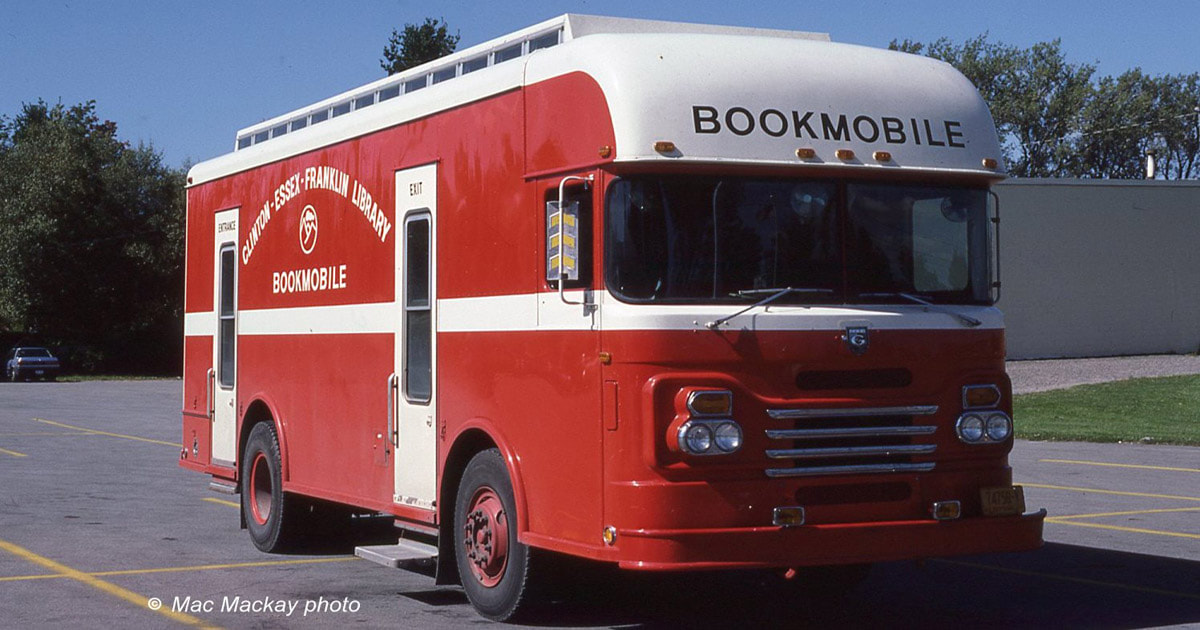
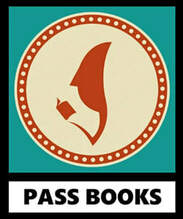
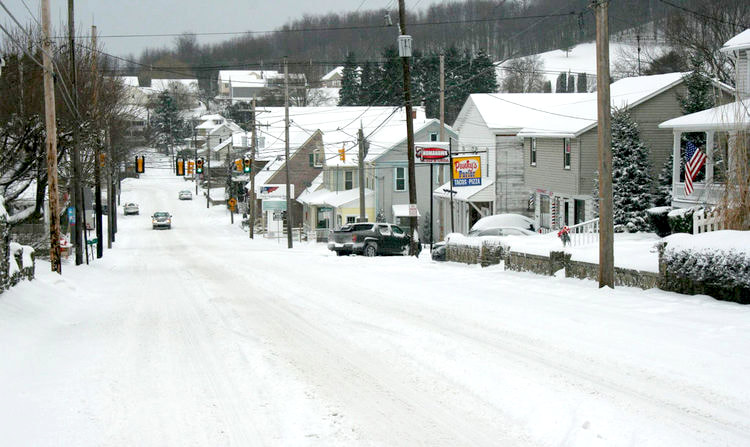
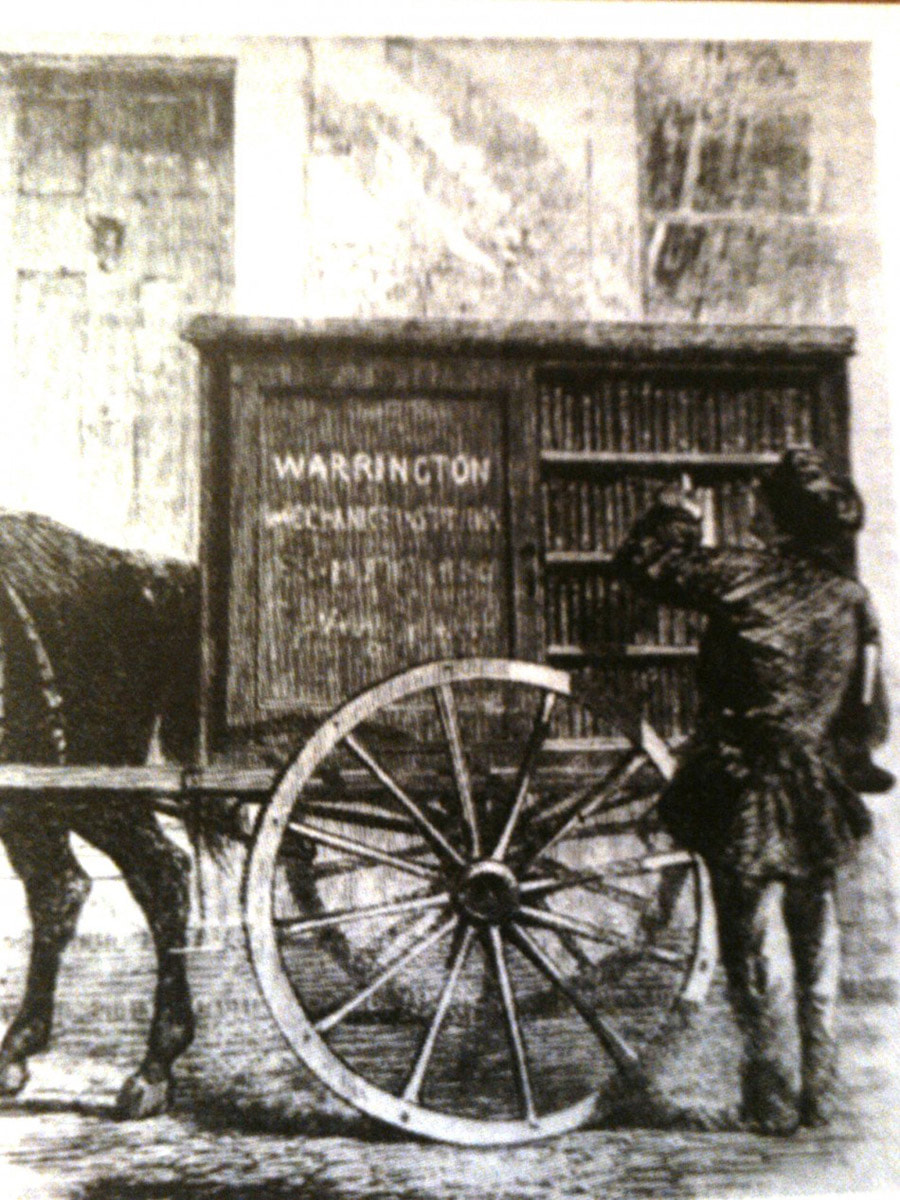
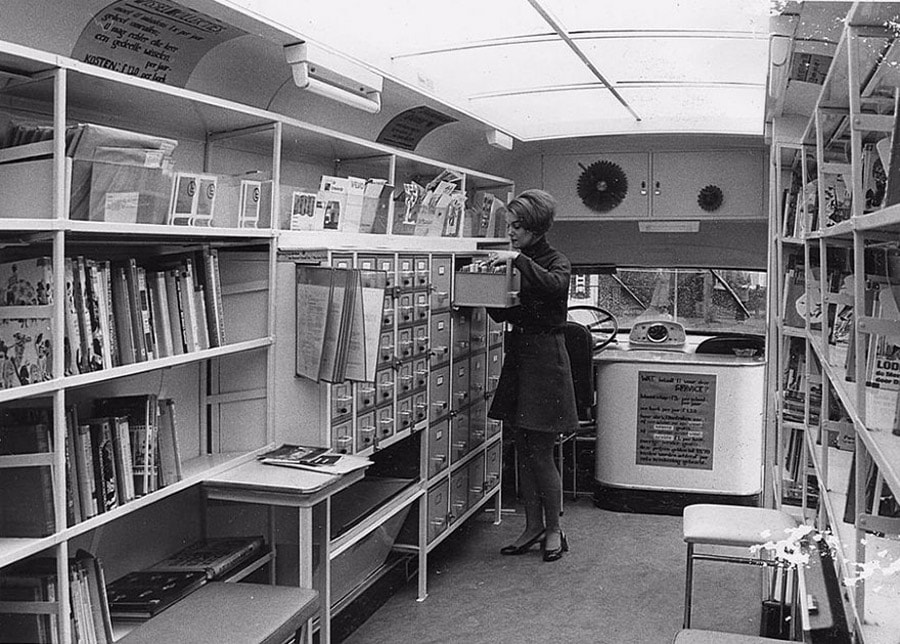



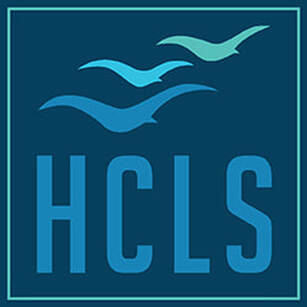











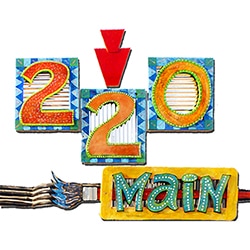




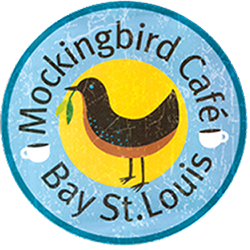

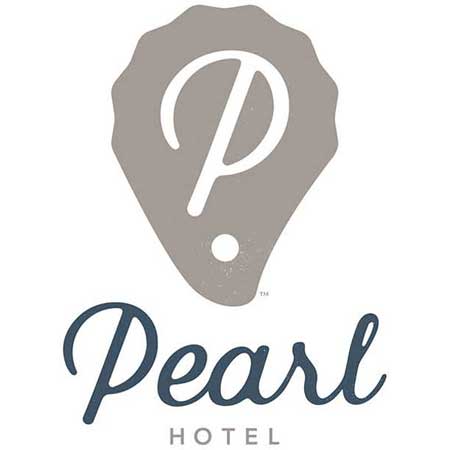


 RSS Feed
RSS Feed






